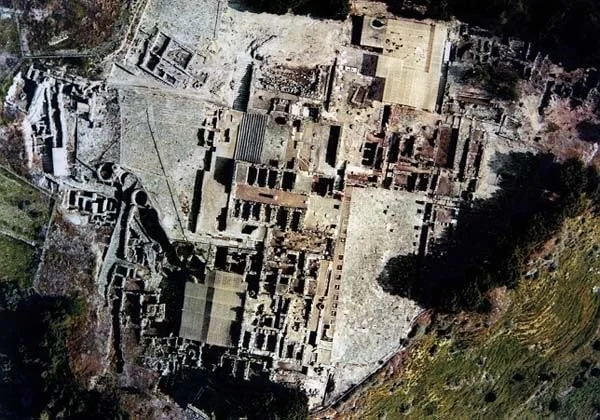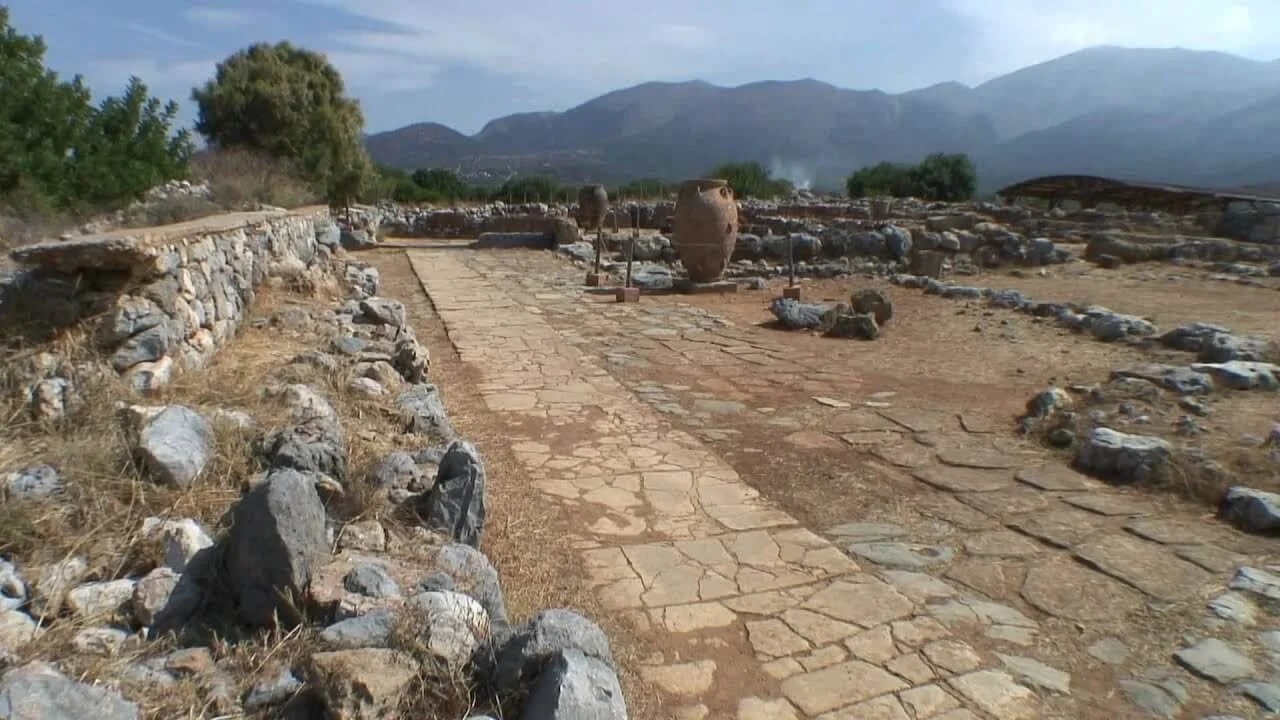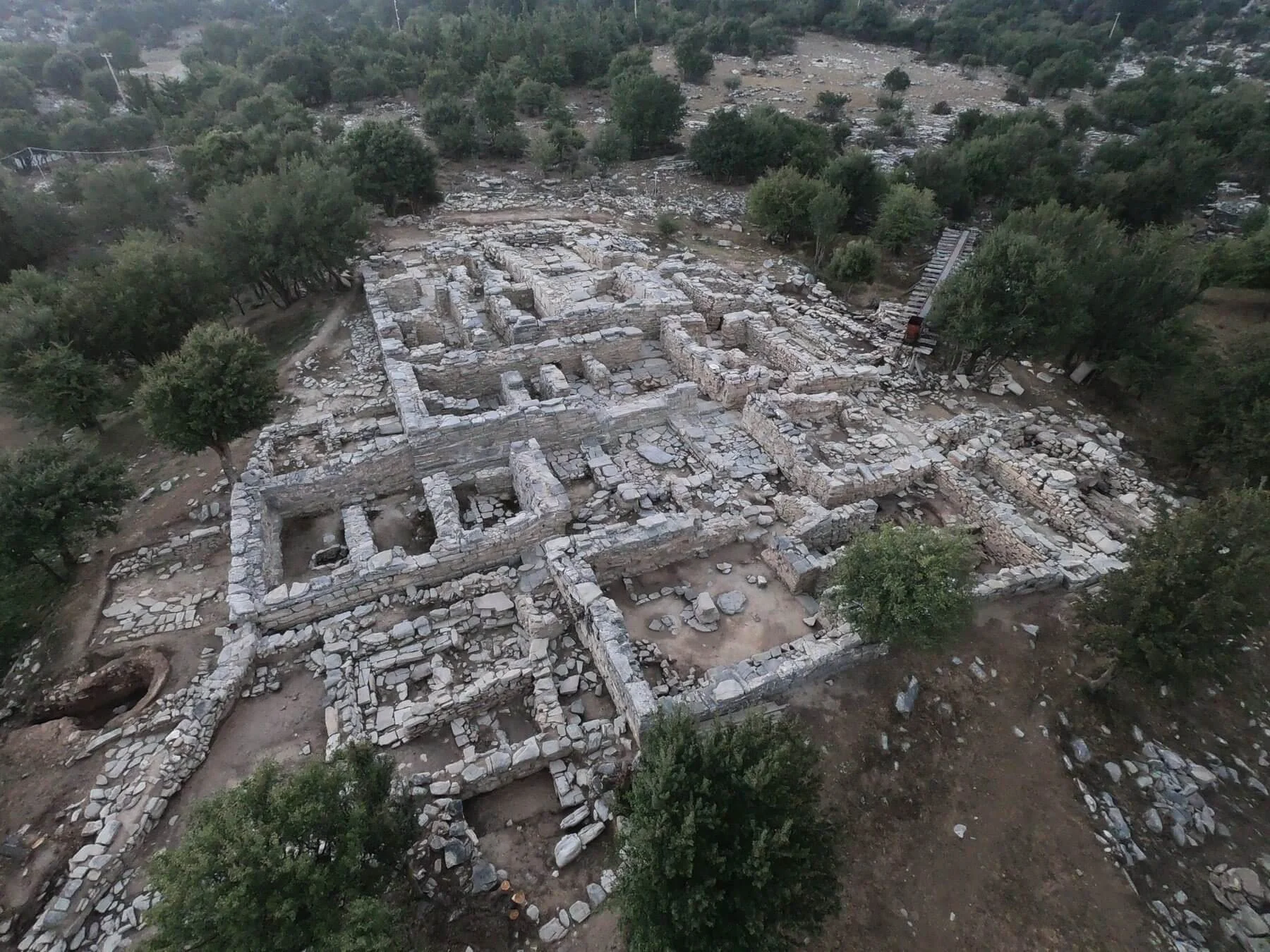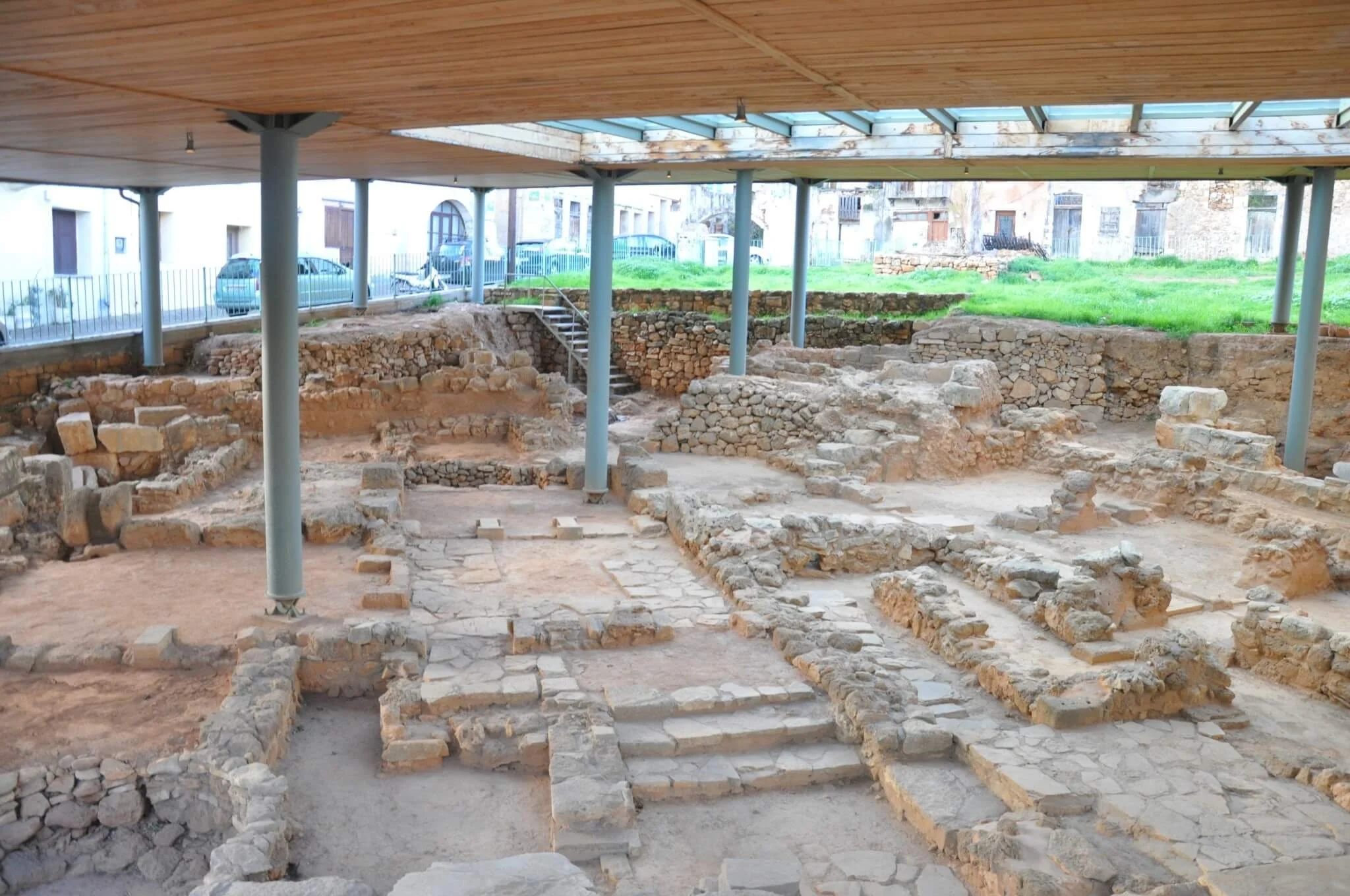A historic moment for Crete and Greek cultural heritage has arrived, as six major Minoan palatial sites have officially been inscribed on UNESCO’s World Heritage List. These are the palaces of Knossos, Phaistos, Malia, Zakros, Zominthos, and Kydonia—recognized for their exceptional cultural and archaeological value as enduring testimonies of one of Europe’s oldest and most sophisticated civilizations.
This decision was taken unanimously and with celebration at the 47th Session of the UNESCO World Heritage Committee. The Greek delegation present in Paris received the outcome with joy and pride, acknowledging the international community’s recognition of Crete’s ancient legacy.
The Six Minoan Palaces
1. Palace of Knossos
Located near modern Heraklion, Knossos is the most iconic and best-preserved Minoan palace. Associated with the mythical King Minos, it served as a political, ceremonial, and economic center of Minoan Crete. Its labyrinthine architecture, advanced drainage systems, colorful frescoes, and grand courtyards reflect a highly developed urban culture. The palace offers a vivid picture of Bronze Age society and has captivated archaeologists and visitors for over a century.
Knossos is considered the largest and most monumental Minoan structure, possibly home to early bureaucratic systems.
2. Palace of Phaistos
Built atop a panoramic ridge overlooking the Messara Plain in southern Crete, the Palace of Phaistos was second in importance only to Knossos. Known for its architectural harmony and open design, it is closely associated with the Phaistos Disc, a mysterious clay tablet inscribed with undeciphered symbols. The site was a powerful regional center, demonstrating the political and religious sophistication of the Minoans.
Phaistos exemplifies Minoan aesthetics and ritual architecture, reflecting the society’s peaceful yet complex structure.
3. Palace of Malia
Located near the Bay of Malia, this palace is notable for its symmetrical layout and extensive storage rooms—evidence of a bustling trade and agricultural economy. It is traditionally linked to Sarpedon, the legendary brother of King Minos. Malia's artifacts show intensive local production and wide-reaching exchange networks.
The site offers valuable insight into the Minoans' economic life and regional governance.
4. Palace of Zakros
At the eastern edge of Crete, Zakros held a key maritime and trade position, controlling sea routes toward the Levant and Egypt. Its palace, discovered almost intact, yielded rich archaeological finds, including luxury goods, imported items, and ritual objects. Its isolation and strategic role made Zakros a cultural and commercial outpost of Minoan influence.
Zakros reveals the Minoan world’s connection with the wider Eastern Mediterranean.
5. Palace of Zominthos
Situated on the slopes of Mount Ida (Psiloritis), Zominthos is one of the most recent Minoan palaces to be discovered, surprising archaeologists due to its high-altitude mountain location. Its multi-story architecture and complexity suggest it had ceremonial or administrative functions. The discovery redefined our understanding of Minoan expansion into mountainous regions and their ritual landscapes.
Zominthos challenges assumptions that Minoan power was limited to coastal and lowland zones.
6. Palace of Kydonia
Hidden beneath the modern city of Chania, Kydonia is an important Minoan city-palace complex that has only recently begun to be fully acknowledged due to urban construction above it. Excavations, though limited, have revealed administrative buildings, storage areas, and evidence of Minoan presence integrated within the modern urban fabric.
Kydonia reflects the continuity between ancient Minoan urbanism and present-day Cretan life.
A Living Legacy and a Call for Protection
The inscription of these six Minoan monuments into the UNESCO list is not only a global honor—it comes with a responsibility. Greece now faces the challenge of preserving, promoting, and sustainably managing these sites. The Minoan palaces continue to enchant, inspire, and educate, acting as living bridges to the roots of European civilization and shaping the shared cultural memory of humanity.













